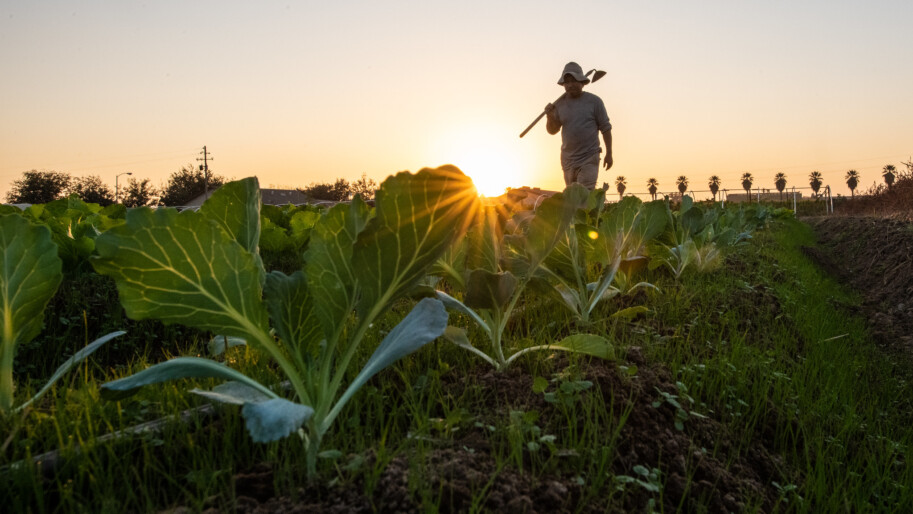Californians face growing risks from extreme heat thanks to the climate crisis.
Worldwide, we’ve experienced record-breaking temperatures for 12 consecutive months — a trend that comes with grave consequences. In June of 2021, a heat wave killed nearly 900 people in the Pacific Northwest. In the summer of 2022, more than 60,000 people died in Europe from heat-related causes. And experts are increasingly concerned about the likelihood of an extreme heat event coinciding with mass power outages, which would mean no access to air conditioning for millions of people.
California state officials aren’t waiting around for similar disasters. Two weeks ago, the state launched Heat Ready CA, an initiative to protect the communities most vulnerable to extreme heat. Californians can sign up for extreme heat alerts as well as learn about the symptoms of heat stroke and how to avoid it.
At the local level, cities are developing emergency response and long-term heat management plans. Last year, the Los Angeles Regional Collaborative for Climate Action and Sustainability joined The Climate Center for a webinar about how to plan ahead for extreme heat waves. Local officials and academics have identified planting trees in urban centers and establishing cooling stations at trusted community centers as critical approaches that save lives. In fact, a recent study showed that increasing tree cover and incorporating more reflective surface building materials has reduced heat-related emergency room visits in Los Angeles.
All of these efforts require investment. But in the context of a multi-billion-dollar deficit, the state budget legislators are finalizing this week will likely cut millions from extreme heat programs.
Putting a climate bond on this November’s ballot can help ensure stable funding that supports resilience in the face of extreme heat and other climate impacts. The deadline for legislators to introduce a bond is June 27, so tell California leaders to introduce a climate bond now!
This blog first appeared in The Climate Center’s bi-weekly newsletter. To keep up with the latest climate news and ways to take action for a climate-safe future, subscribe today!


